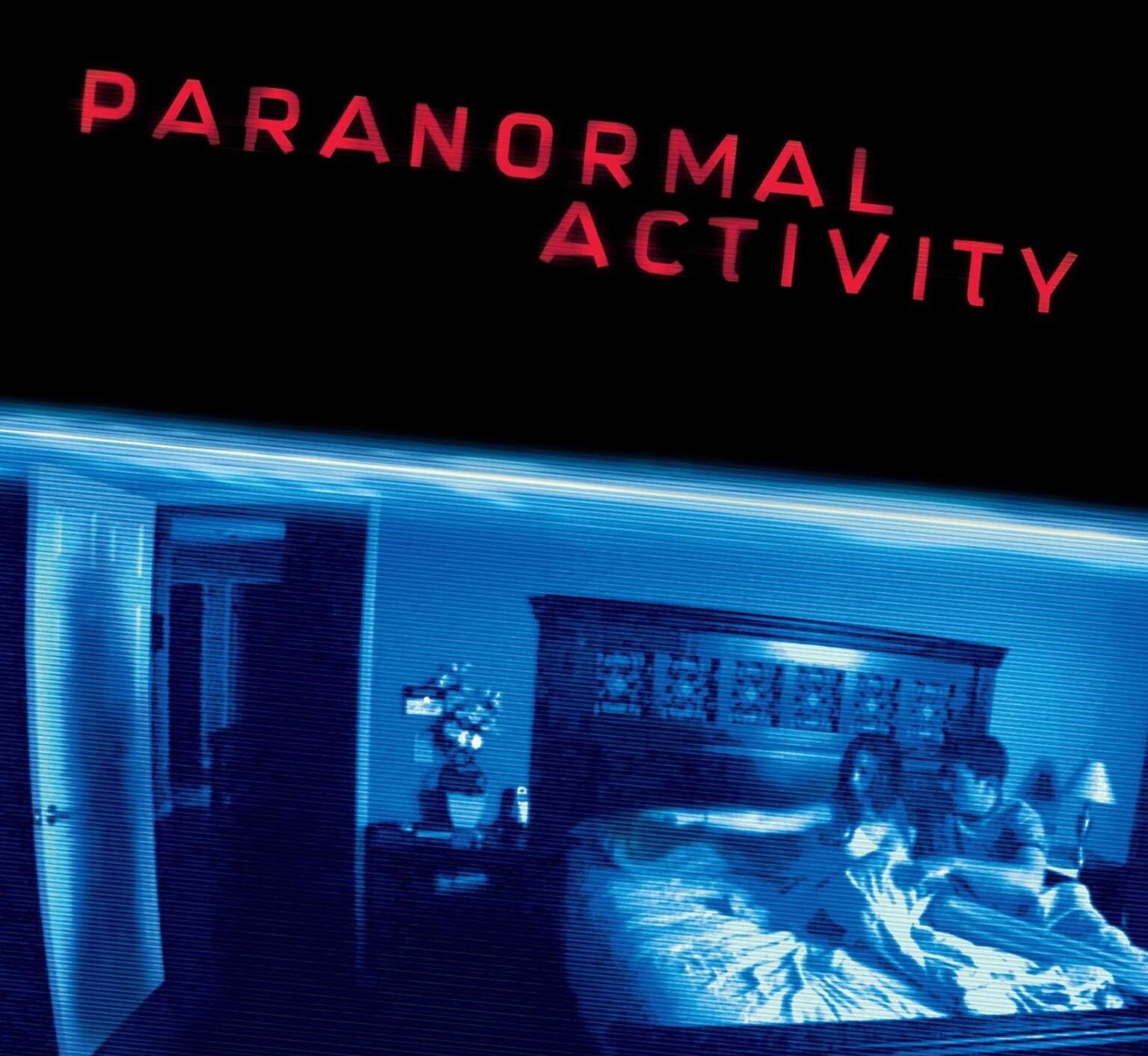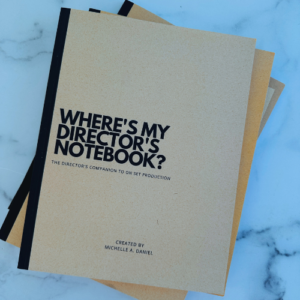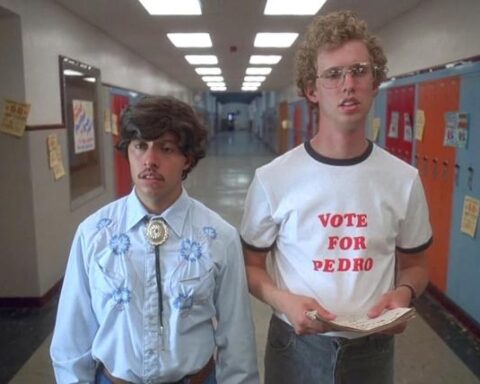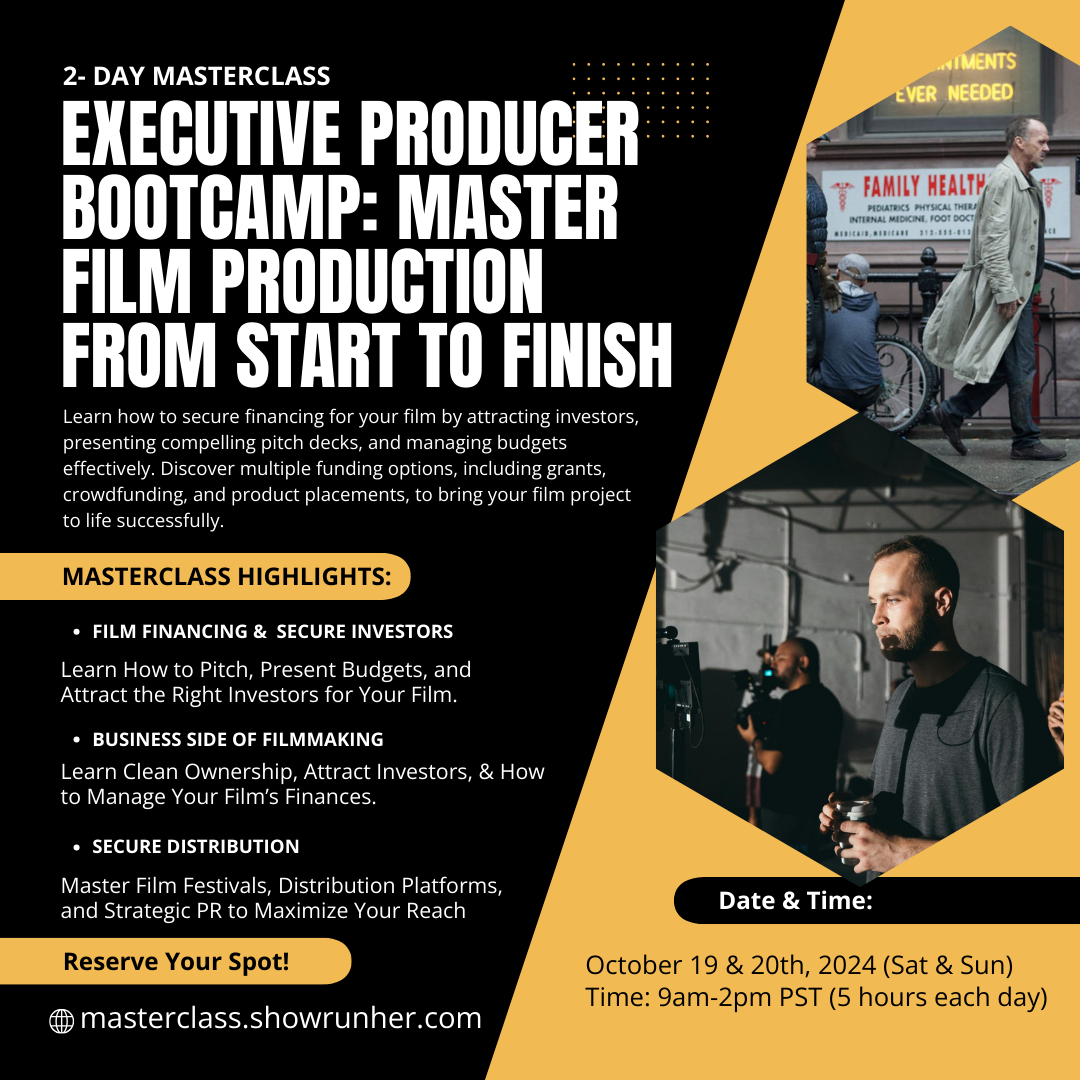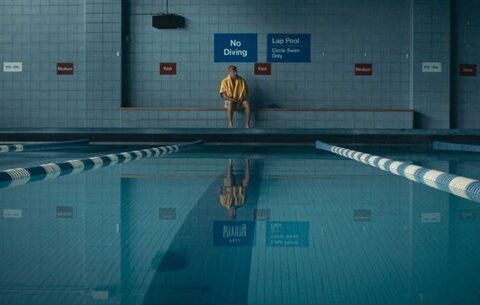In the world of filmmaking, a hefty budget often seems like a prerequisite for success. However, some of the most iconic and profitable films in history were created with minimal financial resources. These films, made for under $30,000, became massive hits, demonstrating that creativity, resourcefulness, and determination can overcome even the tightest budget constraints. This blog takes a deep dive into three such films—Paranormal Activity, Clerks, and El Mariachi—exploring how they were made, where they were shot, the cast involved, and the insights that turned them from shoestring productions into blockbusters.
1. Paranormal Activity (2007)
Theme: Supernatural Horror
Budget: $15,000
Profit: Over $193 million worldwide
Location: San Diego, California, USA
“Paranormal Activity,” directed by Oren Peli, is a quintessential example of how to create a chilling atmosphere with limited resources. The film was shot almost entirely in the director’s own home in San Diego, California. This choice of location was not only cost-effective but also played a crucial role in building the film’s eerie, intimate atmosphere. The suburban home setting provided a relatable and unsettling backdrop, making the supernatural occurrences feel more real and immediate to the audience.
Camera: Sony FX1 (HDV)
Peli opted for a simple Sony FX1 HDV camera, a relatively low-cost option that suited the film’s found-footage style. The use of a single camera added to the film’s authenticity, as it mimicked the amateur video footage of the characters documenting the strange events in their home. The decision to shoot in a documentary style was both a creative and practical one, allowing Peli to keep production costs low while enhancing the film’s realism.
Cast:
- Katie Featherston as Katie
- Micah Sloat as Micah
The film’s cast was minimal, with only a few main characters, all of whom were unknown actors at the time. This not only saved money but also contributed to the believability of the film, as the lack of recognizable faces made the story feel more real. Both Katie Featherston and Micah Sloat delivered performances that were natural and convincing, further drawing viewers into the story.
Insights:
- Night Shoots: The decision to shoot primarily at night was both a stylistic choice and a practical one. Nighttime filming allowed Peli to control lighting more effectively and avoid external light sources that could disrupt the film’s mood. The darkness also heightened the film’s tension, making the supernatural elements more frightening.
- Sound Design: Peli placed a significant emphasis on sound design, using it to create tension and build the film’s atmosphere. The absence of a traditional score allowed the natural creaks, bumps, and whispers of the house to take center stage, making every sound more ominous.
- Improvised Dialogue: Much of the film’s dialogue was improvised by the actors, which added to the realism and kept production fast and flexible. This approach also allowed the actors to react more naturally to the unfolding events, enhancing the film’s authenticity.
Impact:
Paranormal Activity became a cultural phenomenon, grossing over $193 million worldwide. Its success sparked a resurgence in the found-footage genre and led to numerous sequels and spin-offs. The film’s impact on the horror genre is undeniable, proving that a strong concept and effective execution can triumph over a limited budget.
2. Clerks (1994)
Theme: Comedy
Budget: $27,575
Profit: Over $3 million
Location: Leonardo, New Jersey, USA
“Clerks” is an iconic example of DIY filmmaking at its finest. Directed by Kevin Smith, the film was shot in the convenience store where Smith worked in Leonardo, New Jersey. This location was not just a cost-saving measure but also an integral part of the film’s authenticity and charm. The familiar, everyday setting allowed the film to resonate with a wide audience, who could relate to the mundanity and absurdity of working a low-wage job.
Camera: Arri SR2 16mm
To keep costs down, Smith shot the film in black-and-white on an Arri SR2 16mm camera. This decision was both artistic and practical, as black-and-white film was cheaper and helped mask the inconsistencies in the store’s lighting. The film’s stationary camera setups and long takes were another budget-friendly choice, allowing Smith to shoot quickly and efficiently during the store’s off-hours.
Cast:
- Brian O’Halloran as Dante Hicks
- Jeff Anderson as Randal Graves
- Marilyn Ghigliotti as Veronica Loughran
- Lisa Spoonauer as Caitlin Bree
Smith cast his friends and local actors, none of whom were well-known at the time. This decision kept costs low and added to the film’s authenticity. The characters in Clerks feel real because they were played by people who closely resembled the characters they portrayed—ordinary individuals dealing with the absurdities of daily life.
Insights:
- Night Shoots: Smith filmed Clerks entirely at night, after the convenience store had closed. This allowed him to use the location for free, but it also influenced the film’s tone, giving it a slightly surreal, detached quality. The nighttime setting added to the feeling of isolation and boredom that the characters experience.
- Dialogue-Driven Narrative: The film’s strength lies in its sharp, witty dialogue. Smith’s script, filled with pop culture references and philosophical musings, carries the film and compensates for the lack of action or visual spectacle. The dialogue-driven approach allowed Smith to focus on the characters and their interactions rather than costly set pieces or effects.
- Personal Investment: Smith financed the film by maxing out credit cards, selling his comic book collection, and borrowing from family and friends. This personal investment underscored his commitment to the project and became a defining aspect of the film’s DIY ethos.
Impact:
Clerks grossed over $3 million, a remarkable achievement for a film made on such a small budget. It became a cult classic, launching Kevin Smith’s career and paving the way for a new generation of independent filmmakers. The film’s success proved that relatable characters and clever writing could resonate with audiences, regardless of budget.
3. El Mariachi (1992)
Theme: Action/Crime
Budget: $7,000
Profit: Over $2 million
Location: Ciudad Acuña, Coahuila, Mexico
“El Mariachi” is a remarkable story of resourcefulness and ingenuity in filmmaking. Directed by Robert Rodriguez, the film was shot in the small town of Ciudad Acuña in Coahuila, Mexico. Rodriguez chose this location because it was affordable and provided a visually interesting backdrop for the film. The town’s rustic, gritty aesthetic added authenticity to the film’s narrative and helped establish the atmosphere of a low-budget action movie.
Camera: Arriflex 16S
Rodriguez shot El Mariachi on an Arriflex 16S, a 16mm camera that was both portable and inexpensive. The choice of camera was crucial for a film shot on such a tight budget, allowing Rodriguez to move quickly and efficiently between locations. He also shot the film without sound, recording dialogue and effects separately and syncing them in post-production. This approach reduced costs and allowed for greater flexibility during filming.
Cast:
- Carlos Gallardo as El Mariachi
- Consuelo Gómez as Domino
- Reinol Martinez as Azul
The cast of El Mariachi was composed entirely of non-professional actors, many of whom were friends or locals from the town where the film was shot. This not only saved money but also added to the film’s authenticity, as the characters felt like real people rather than actors playing roles. Carlos Gallardo, who played the titular character, also co-produced the film, further demonstrating the collaborative, low-budget spirit of the project.
Insights:
- DIY Filmmaking: Rodriguez handled almost every aspect of production himself, from directing and shooting to editing and sound design. This DIY approach kept costs to a minimum and allowed Rodriguez to maintain complete creative control over the project.
- Resourcefulness: The film’s budget was stretched through clever, resourceful techniques. Rodriguez used real locations that required no set dressing, shot in natural light whenever possible, and even used a wheelchair as a makeshift dolly for smooth tracking shots. These creative solutions allowed Rodriguez to achieve high production value on a shoestring budget.
- Post-Production Strategy: Knowing that he had limited resources, Rodriguez focused on getting clean picture and sound during production, allowing him to add polish and effects in post-production when he had more time and resources. This strategy paid off, as the film’s clean, professional look helped it stand out among other low-budget productions.
Impact:
El Mariachi grossed over $2 million and became a landmark in independent cinema. The film’s success led to a major studio deal for Rodriguez, who went on to direct sequels and other successful films. El Mariachi is often cited as an inspiration for aspiring filmmakers, proving that creativity, resourcefulness, and determination can lead to success, even with a limited budget.
This blog takes a deep dive into three such films—Paranormal Activity, Clerks, and El Mariachi—exploring how they were made, where they were shot, the cast involved, and the insights that turned them from shoestring productions into blockbusters.
